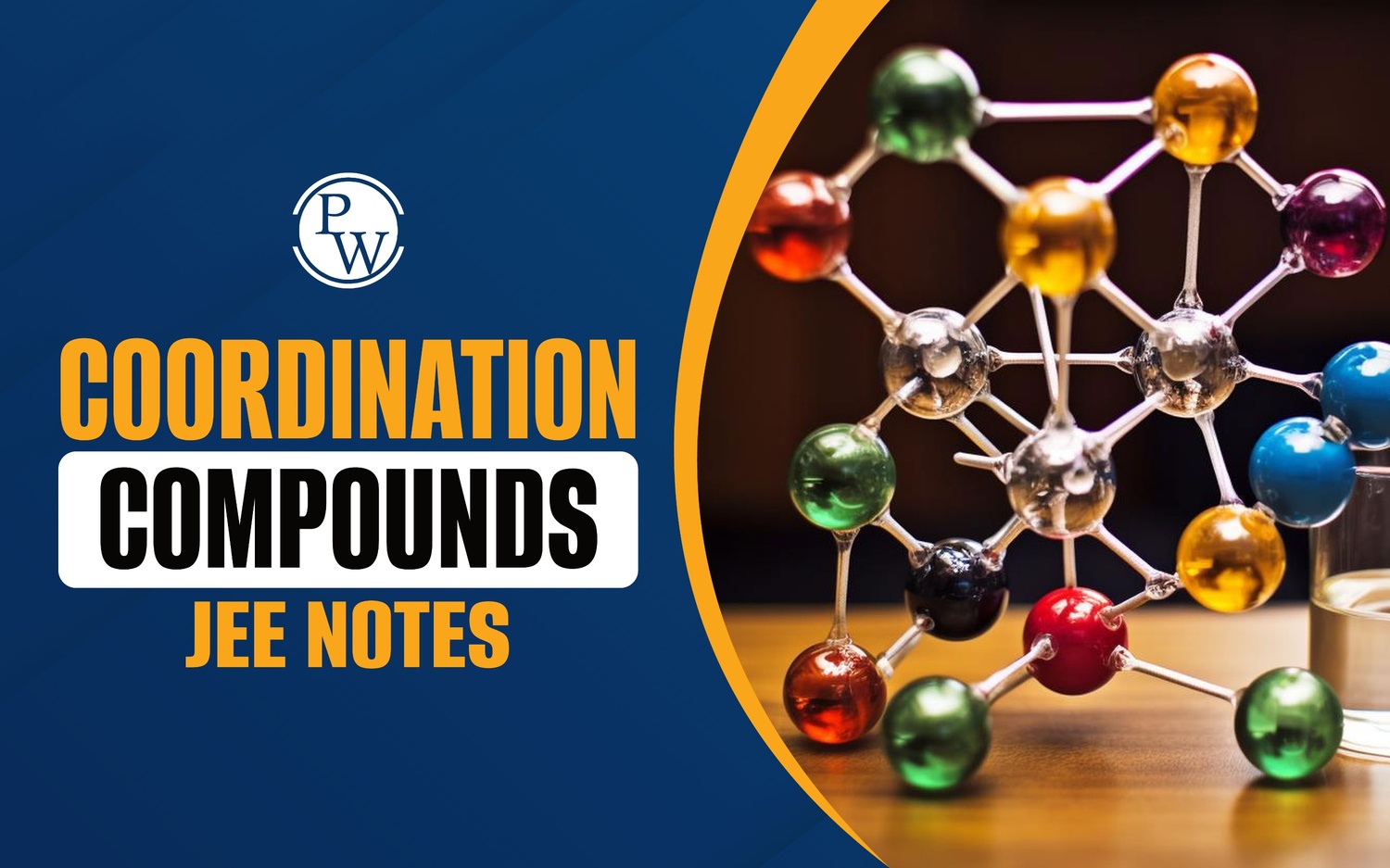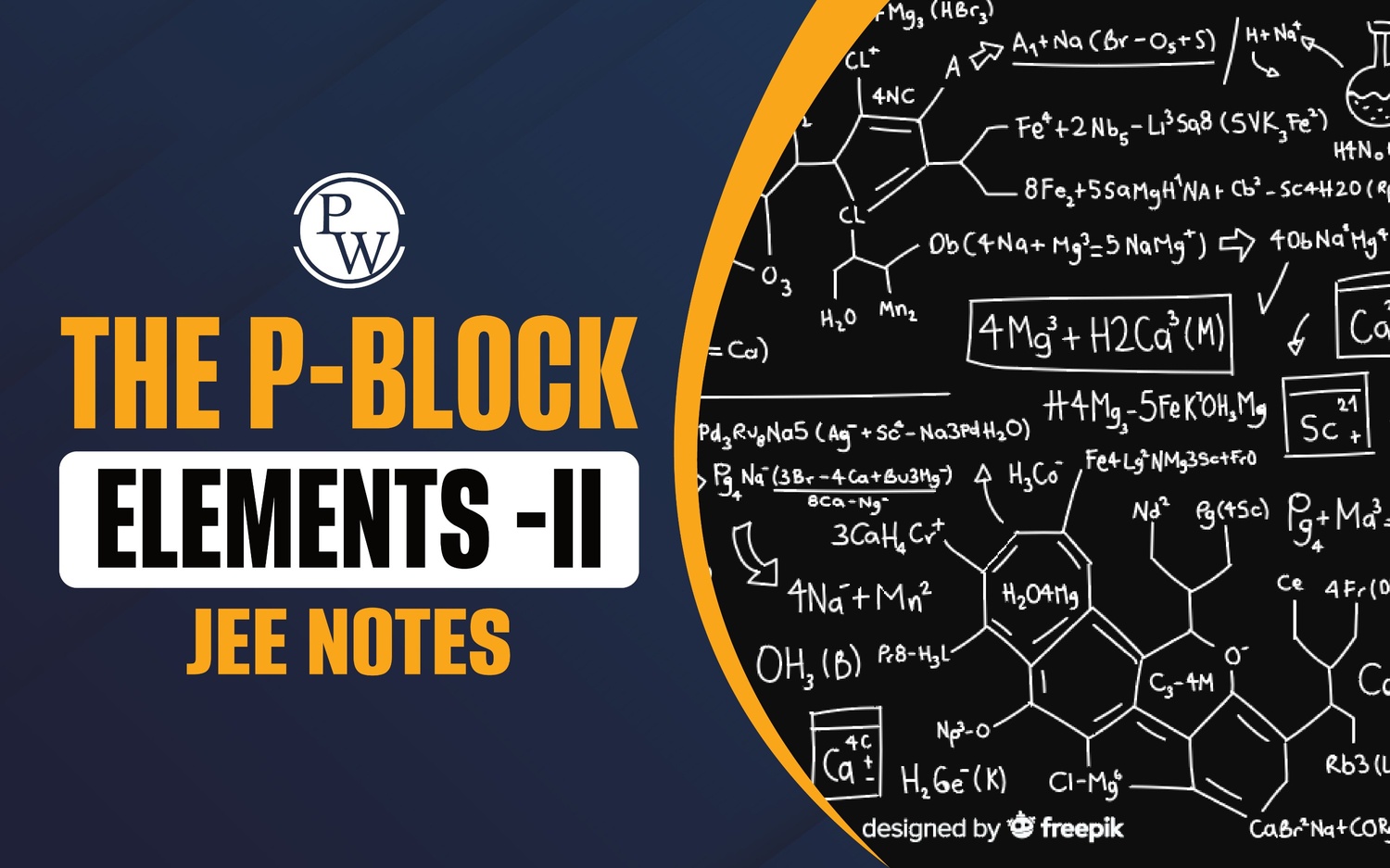

Carboxylic acids : Carboxylic acids are organic compounds that have a double bond between a carbon (C) atom and an oxygen (O) atom, as well as a single bond with a hydroxyl group (―OH). A fourth bond connects the carbon atom to a hydrogen (H) atom or another univalent combining group. The carboxyl (COOH) group gets its name from the combination of the carbonyl (C = O) and hydroxyl groups. Carboxylic acids share some similarities with ketones and alcohols. Carboxylic acid groups, like ketones, are sp 2 -hybridized, resulting in planar C — C ═ O and O ═ C — O bond angles of about 120°. The carboxyl group is responsible for the majority of the properties of carboxylic acids.
Properties Of Carboxylic Acid
Properties Of Carboxylic Acid : Carboxylic acids are organic compounds characterized by the presence of a carboxyl group (-COOH). They are typically weak acids, partially ionizing in solution to produce hydrogen ions (H+) and carboxylate ions (R-COO−). These acids exhibit high boiling points due to strong hydrogen bonding between molecules. They are soluble in water and polar solvents but less so in non-polar solvents. Carboxylic acids participate in various chemical reactions, including esterification, reduction, and decarboxylation. Their acidic nature, reactivity, and ability to form hydrogen bonds make them essential in biochemical processes and industrial applications. Common examples include acetic acid and citric acid.
Physical Properties of Carboxylic acid
- Physical State: Depending on their molecular weight, carboxylic acids can exist in a variety of states. Carboxylic acids that have fewer than five carbon atoms are usually liquids at room temperature, whereas those that have more carbon atoms are usually solids.
- Odor: Carboxylic acids frequently have strong, pungent odor. Acetic acid has a vinegar-like odor, formic acid has a pungent odor, and butyric acid has a rancid butter odor.
- Polarity: Because two electronegative oxygen atoms are present in carboxylic acid molecules, the molecules are polar. Because they contain both hydroxyl and carbonyl groups (C = O), they also take part in hydrogen bonding.
- Solubility: Low-carbon carboxylic acids (up to approximately 4) are soluble in water because they form hydrogen bonds with water molecules. However, the solubility of carboxylic acids in water decreases with increasing carbon atom count. Carboxylic acids, aside from water, are more soluble in organic solvents such as methanol and ethanol.
- Boiling Points: When compared to hydrocarbons with equivalent molecular weight, carboxylic acids have higher boiling points. This is due to the fact that the carboxyl group makes it possible for molecules to form intermolecular hydrogen bonds, which strengthen the forces that attract one another. Because of this, aldehydes, ketones, and alcohols with similar molecular weights typically have lower boiling points than carboxylic acids. The difference is that two carboxylic acid molecules form two hydrogen bonds with each other, whereas two alcohol molecules only form one. Consequently, dimers, or pairs of molecules, of carboxylic acids can be found in both the liquid and, to a lesser extent, gaseous states. Carboxylic acid: hydrogen bonds between molecules. chemical compound carboxylic acid.
|
Condensed Structural Formula |
Name of Acid |
Melting point (°C) |
Boiling Point (°C) |
Solubility (g/100 g of water) |
|
HCOOH |
Formic acid |
8 |
100 |
Miscible |
|
CH 3 COOH |
Acetic acid |
17 |
118 |
Miscible |
|
CH 3 CH 2 COOH |
Propionic acid |
–22 |
141 |
Miscible |
|
CH 3 (CH 2 ) 2 COOH |
Butyric acid |
–5 |
163 |
Miscible |
|
CH 3 (CH 2 ) 3 COOH |
Valeric acid |
–35 |
187 |
5 |
|
CH 3 (CH 2 ) 4 COOH |
Caproic acid |
–3 |
205 |
1.1 |
|
C 6 H 5 COOH |
Benzoic acid |
122 |
249 |
0.29 |
- Acidity: Acidity is the primary characteristic of carboxylic acids and the factor that gave rise to their name. Any substance that transfers a proton, also known as a hydrogen ion, H + , to another substance known as a base is referred to as an acid. Carboxylic acids are considered stronger acids even though they are much weaker than the most significant mineral acids, hydrochloric (HCl), nitric (HNO 3 ), and sulfuric (H 2 SO 4 ). This is because they accomplish this much more easily than most other classes of organic compounds. The best way to explain why this class of compounds has a higher acidity than alcohols is to compare their acidity to alcohols, since both have an OH group.
- Because carboxylate ions have resonance structures that disperse their negative charge, they are far more stable than their corresponding alkoxide ions. An alkoxide ion can only have one structure drawn, but a carboxylate ion can have two. A molecule or ion has delocalized, or distributed over more than two atoms, valence electrons when two or more structures that differ only in valence electron positions can be drawn for it. The structures are referred to as resonance forms, and the phenomenon is known as resonance.
- Reactivity: Chemical processes that carboxylic acids go through include esterification, amidation, decarboxylation, and oxidation, which result in the formation of water and carbon dioxide.
Chemical Properties Of Carboxylic Acid
- Depending on where in the molecule the reaction takes place, the majority of carboxylic acid reactions fall into one of four main classes.
- Reactions involving the O−H bond: These are the reactions where acidity of carboxylic acid plays an important role; these include acid dissociation and solvolytic reactions.
- Reactions involving carbonyl group: The majority of these reactions involve a nucleophile (Nu) attacking the carbonyl carbon and cleaving a C−O bond. Esterification, the formation of acyl chloride, and hydride reduction are some examples.
- Decarboxylation: A chemical process known as decarboxylation releases carbon dioxide and removes a carboxyl group. Decarboxylation is typically used to describe a reaction between carboxylic acids where a carbon atom is removed from a carbon chain. These are the kinds of reactions where the R—C bond is broken in a way that releases CO 2 and forms R—H.
- Substitution on the R group: Particularly significant are substitutions for halogen or hydrogen at the 2-carbon position.
Carboxylic acids FAQs
Q.1 : Why is acidity found in carboxylic acids?
Q.2 : What are the physical properties of carboxylic acids?
Q.3 : Give a few examples of carboxylic acids?
Q.4 : Are carboxylic acids polar?












